FAQs
Who will enforce the 20 MPH Speed Limit?
The Jacksonville Sheriff’s Office (JSO) will continue to enforce the speed limits on all roads. We have been working closely with the JSO to develop an enforcement strategy which we believe makes our roads safer for all users.
When will the speed limit be changed on my street?
Once the Citywide Residential Speed Limit Reduction Study is complete, a phased approach will be developed for implementation of the speed limit reduction. Check back regularly as more information on this step will be added as the study continues.
Why lower the speed limit?
There are three main reasons to lower the speed limits on residential streets:
- Lowering speeds improves safety by reducing the frequency and severity of crashes. Lower speeds improve visibility, provide additional time for drivers to stop, and reduce the potential for fatal or severe injuries by lowering impact forces.
- Neighborhood streets should be safe and healthy places, creating environments that are walkable, encourage social connection, and foster a sense of community. Additionally, neighborhood business districts are meant to provide services to the surrounding community, to be a place for neighbors to gather, and be walkable.
- While everyone is affected by traffic collisions, collisions do not affect everyone equally. People who are hit while walking or biking make up only 6% of crashes but 57% of fatalities and serious injuries. Making roadways safer for vulnerable users, such as children and individuals with a disability, is an important part of making the roadways safer for everyone.
How will residents be informed if this proposal is adopted?
If the proposal becomes law, the City will launch a comprehensive education campaign with information about the speed limit reduction. There will be a grace period between the time when the law goes into effect and when enforcement begins to give people time to learn about the new speed limits.
Research has shown that reducing speed limits slows traffic and improves safety – even without additional enforcement. Vision Zero aims to limit the need for traffic enforcement by designing and building a transportation system that calms traffic, changes driver behavior, and supports the safety of people of all ages and abilities, regardless of how they travel.
Will there be follow up studies to determine if drivers are going slower?
Traffic studies will be performed before and after speed limit changes in each Neighborhood Business District and on residential streets in each Council district to get an understanding of compliance and where countermeasures, such as traffic calming, may be necessary to encourage compliance.
What is a residential street?
Residential streets are local streets that primarily serve neighborhood traffic. Generally, they have fewer cars on them and are narrower than other streets. Residential streets make up the majority of Jacksonville’s street network. Generally, these are streets without a painted centerline.
How will a lower speed limit promote walking and cycling?
Lower speeds mean that people feel more comfortable to walk and bike, and it is safer for children to walk to school. Older people, people with disabilities, or people with additional needs will feel more able to travel independently. There is evidence from across the world that vehicle speeds are the main reason why people do not walk or bike or do not allow their children to walk or bike to school.
What effect will the speed limit have on travel times?
Travel times on roads in urban areas tend to be determined by intersections and signals, rather than the speed limit.
In many cases lowering the speed limit to 20mph will have little or no impact on travel times. Where there is an impact, studies have shown that most travel would only be around 1 minute longer, but this would make the roads safer for pedestrians and cyclists.
Will the roll out involve money being spent on speed bumps?
There is no plan to include traffic calming (including speed bumps) as part of the change to speed limits.

